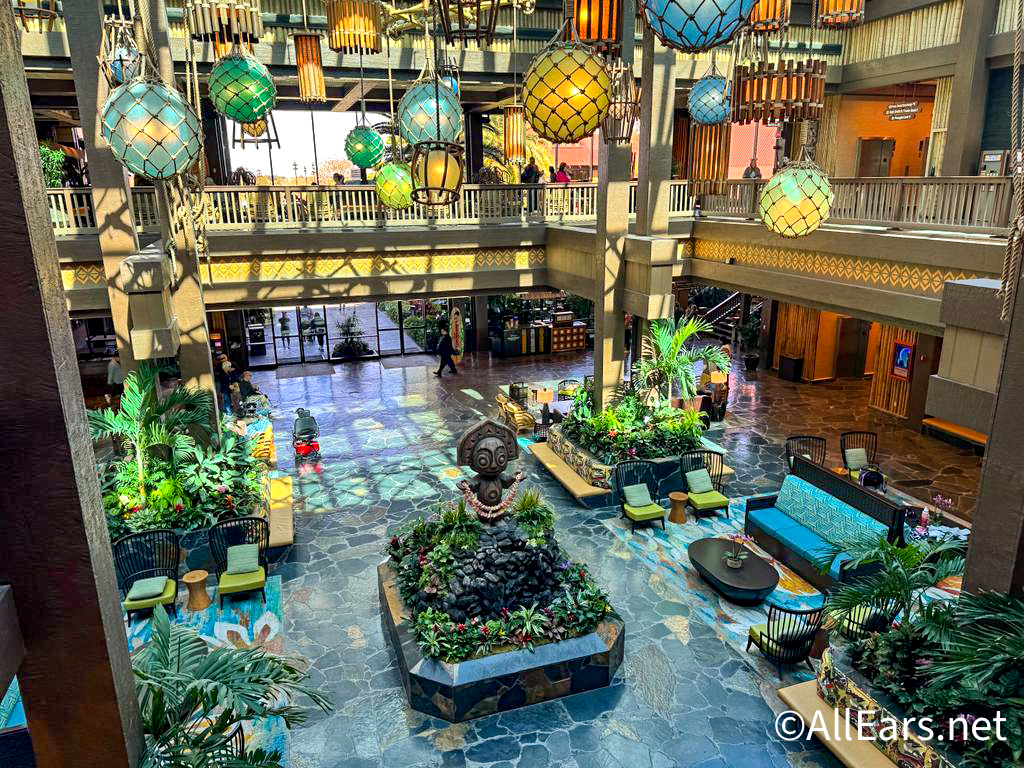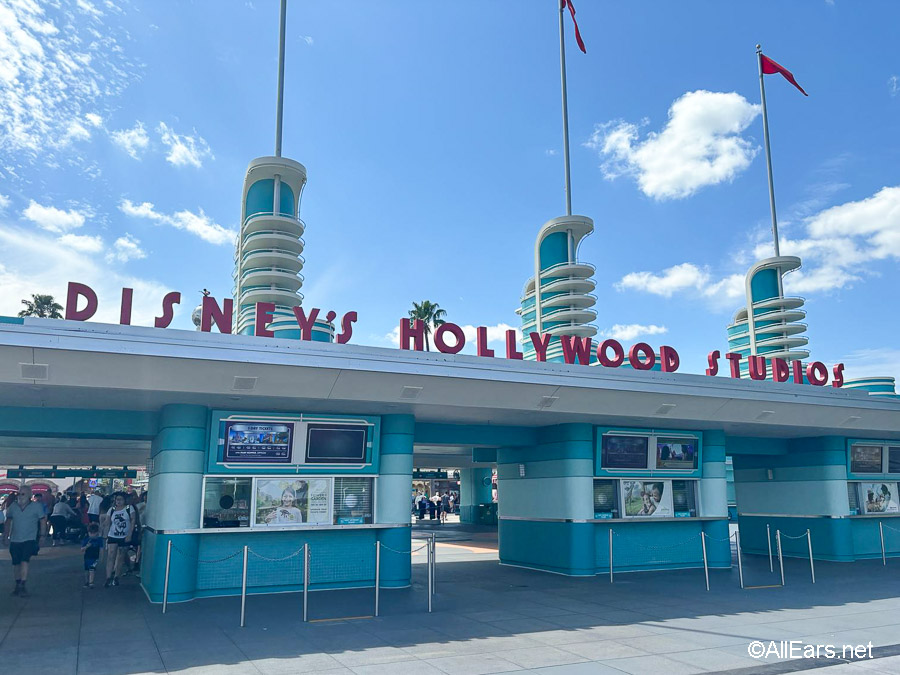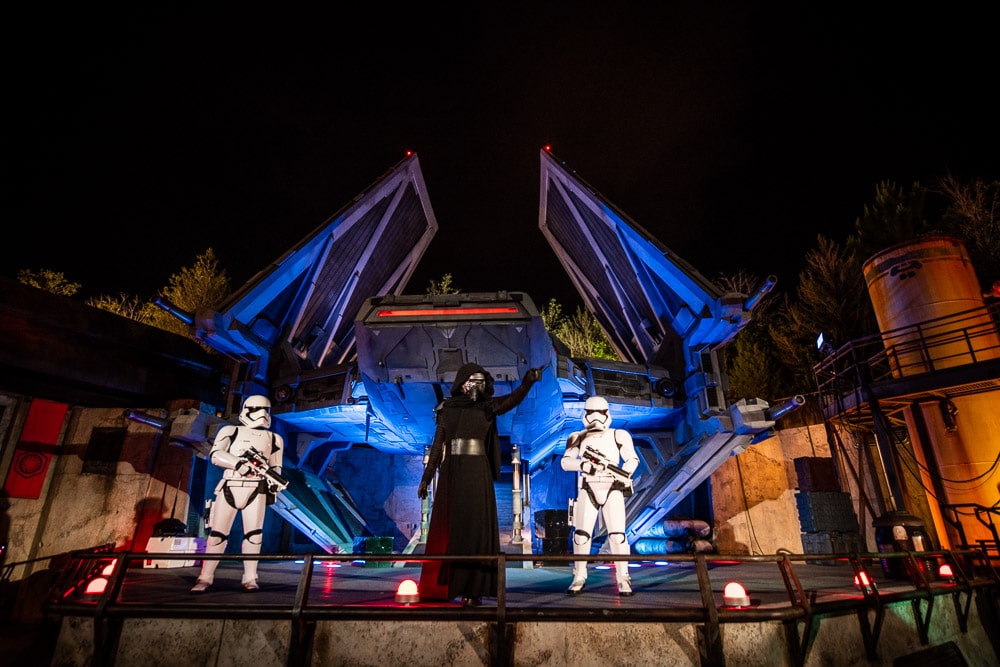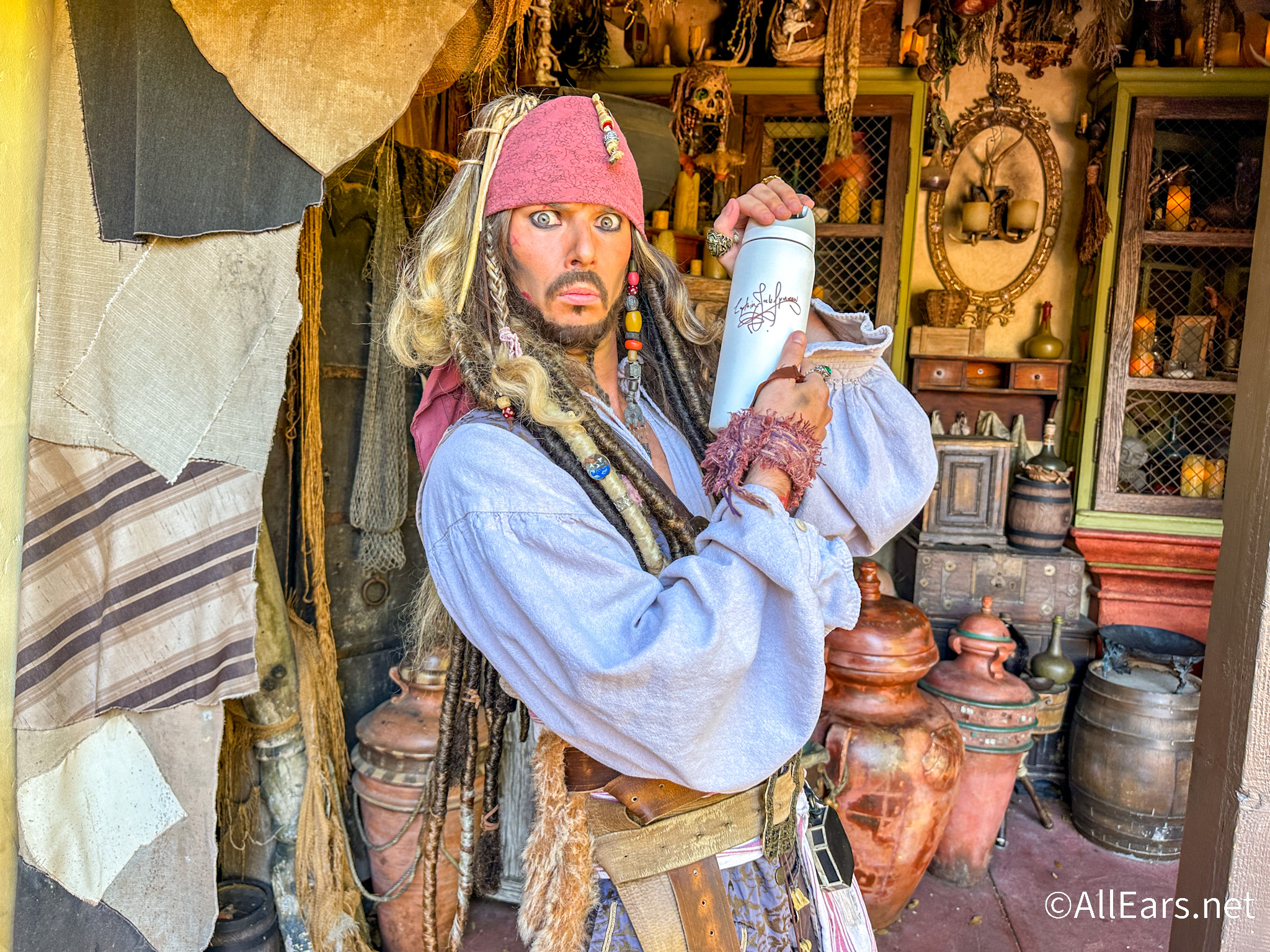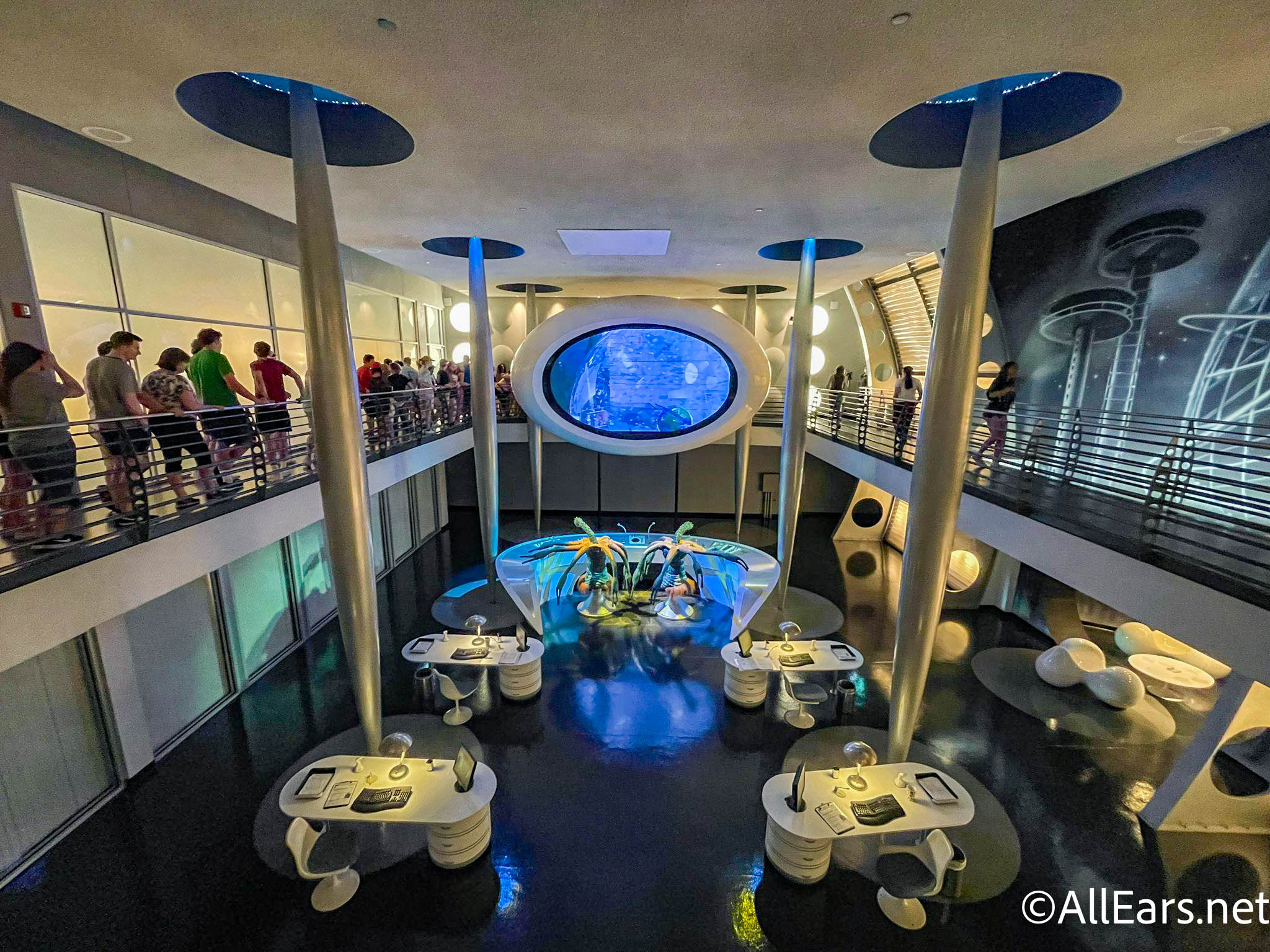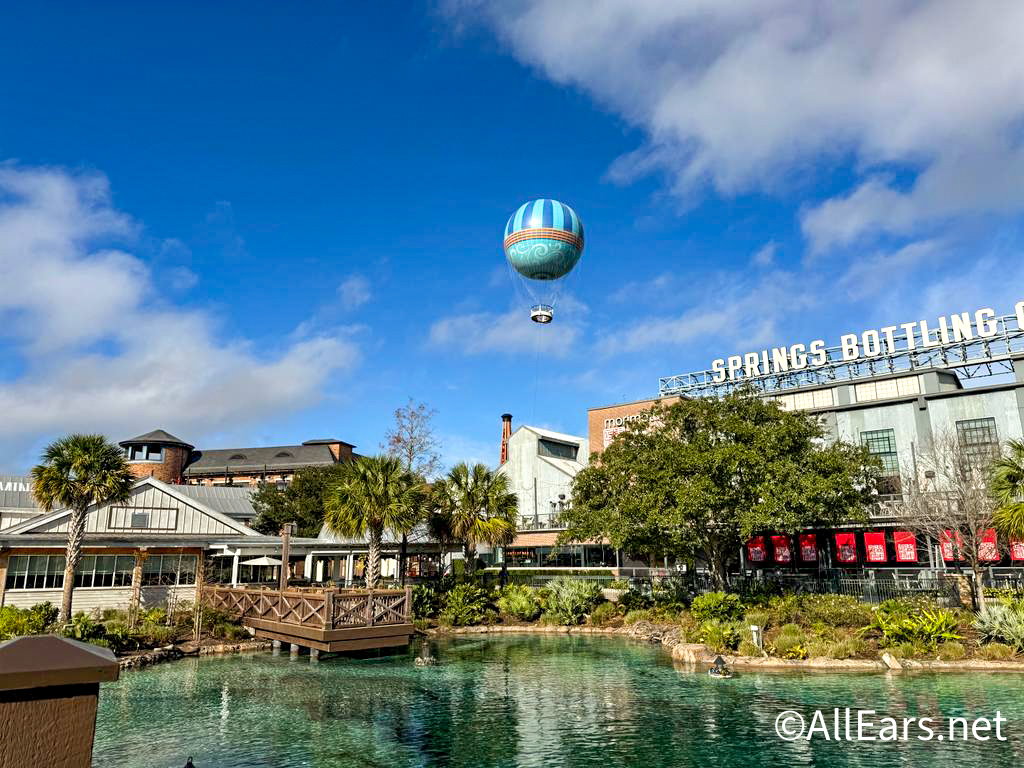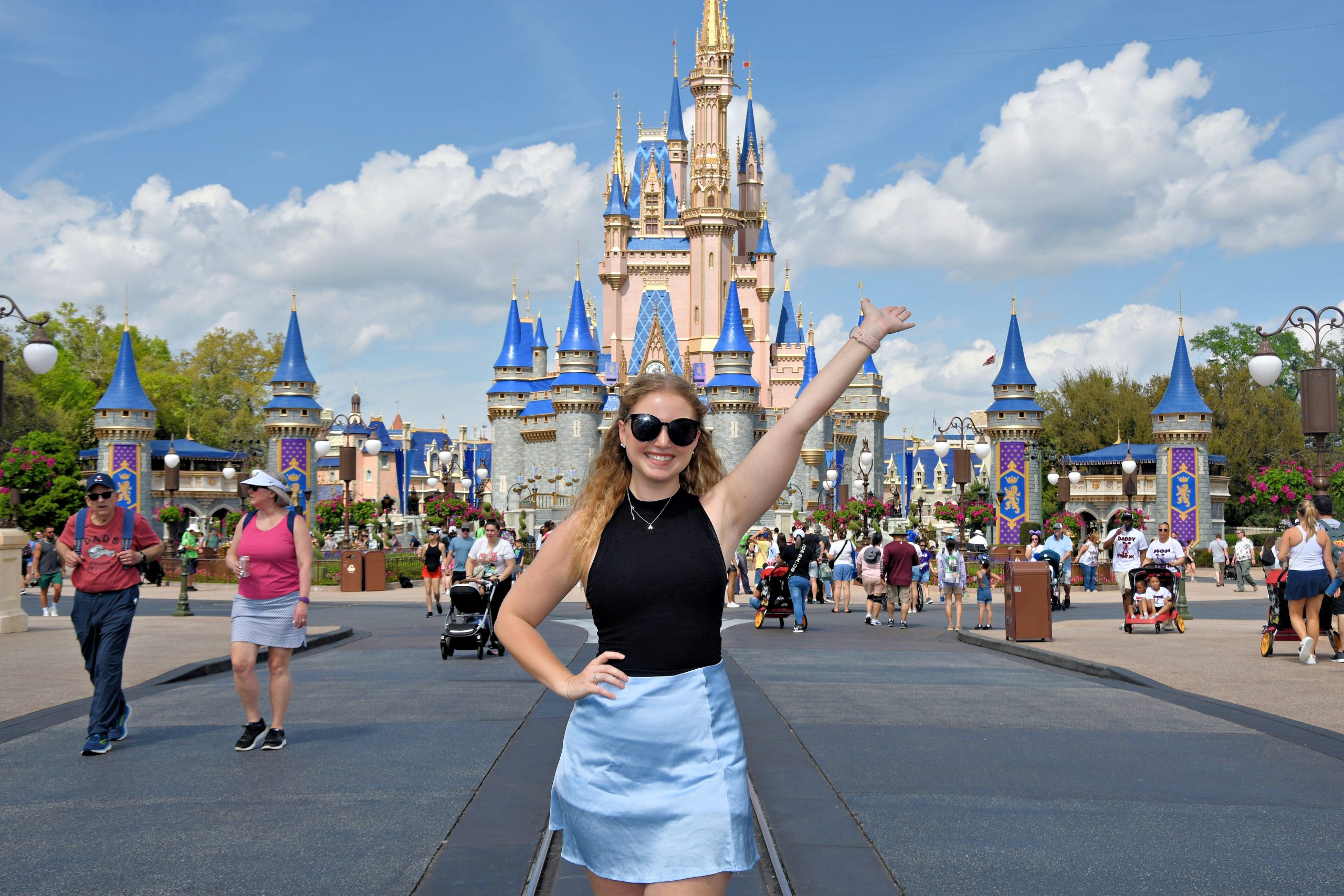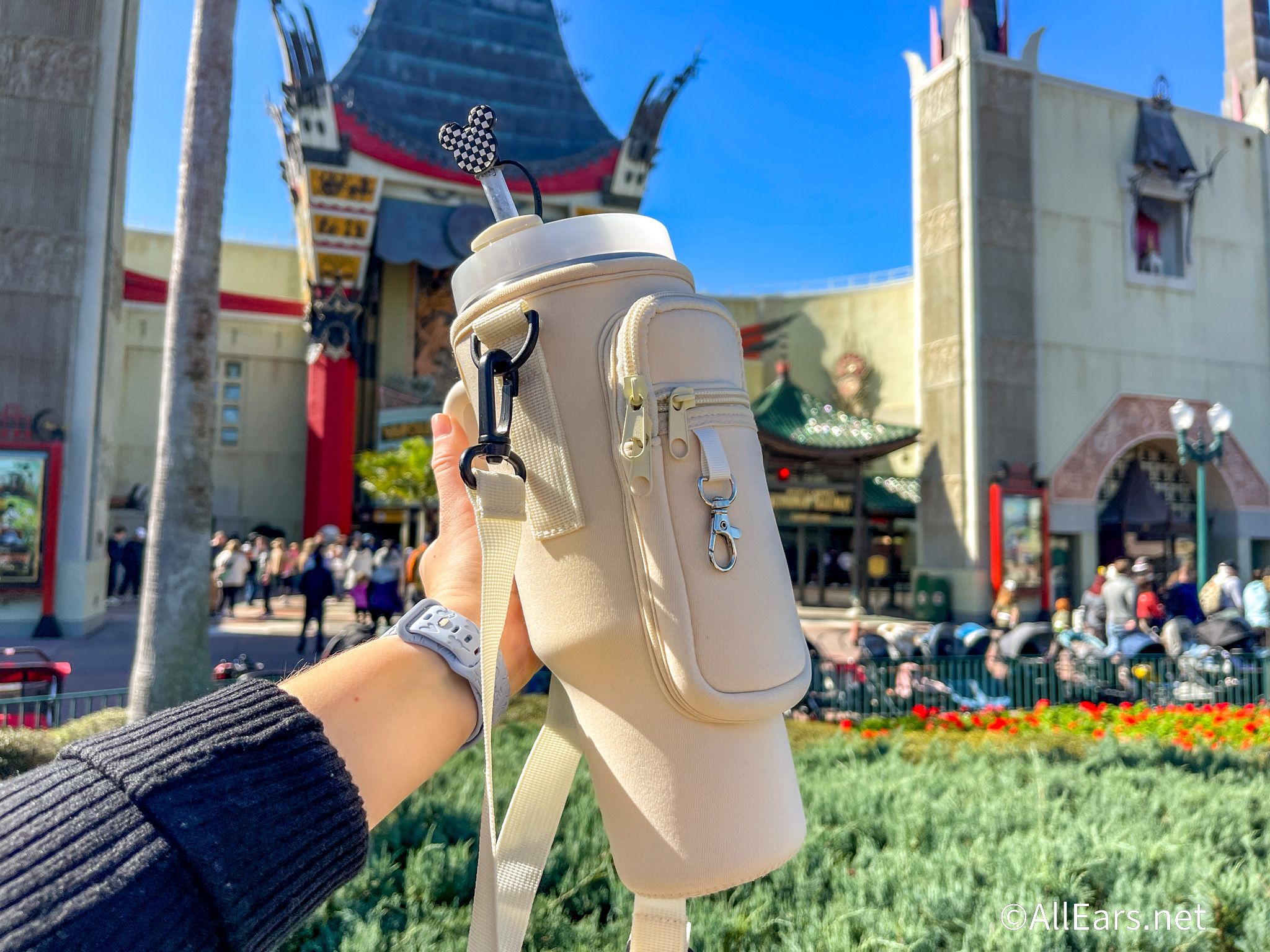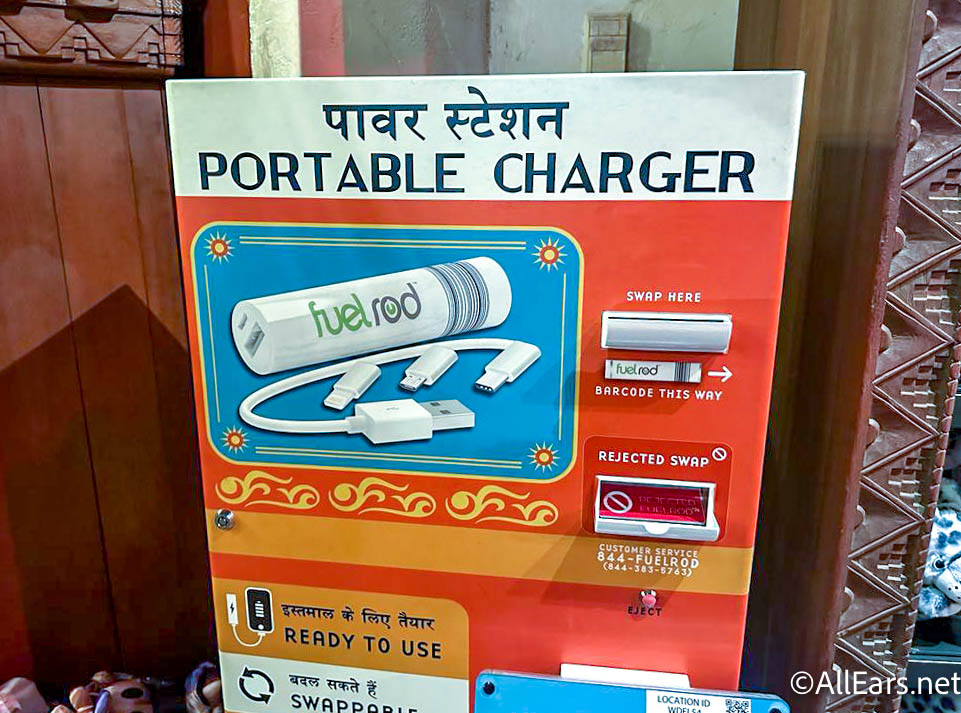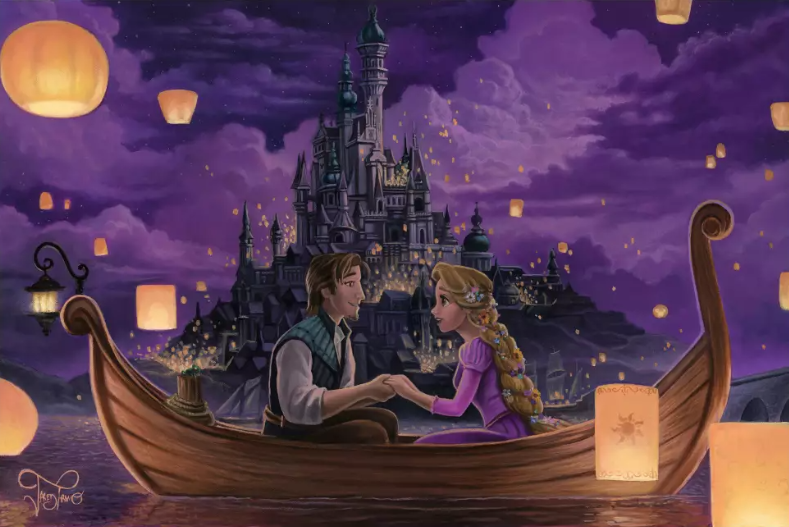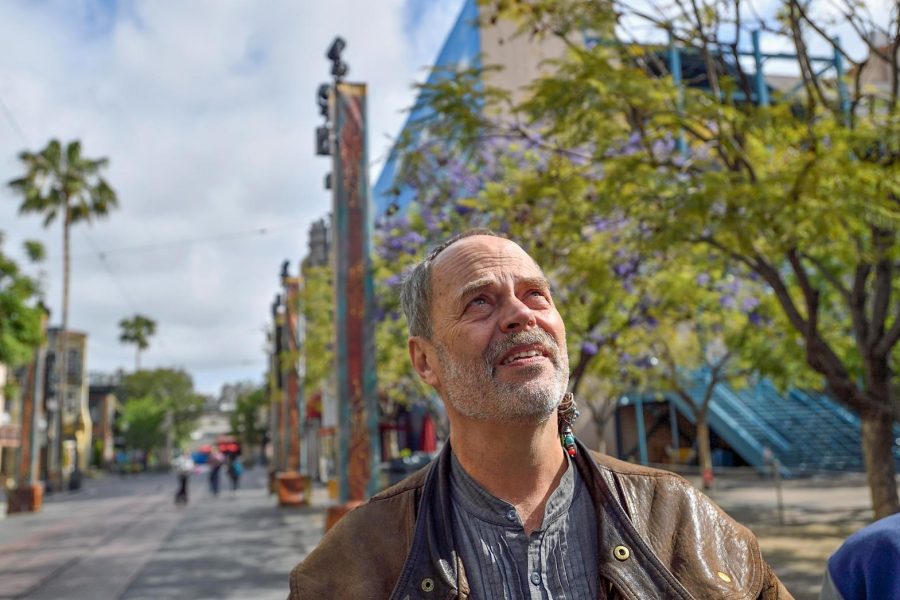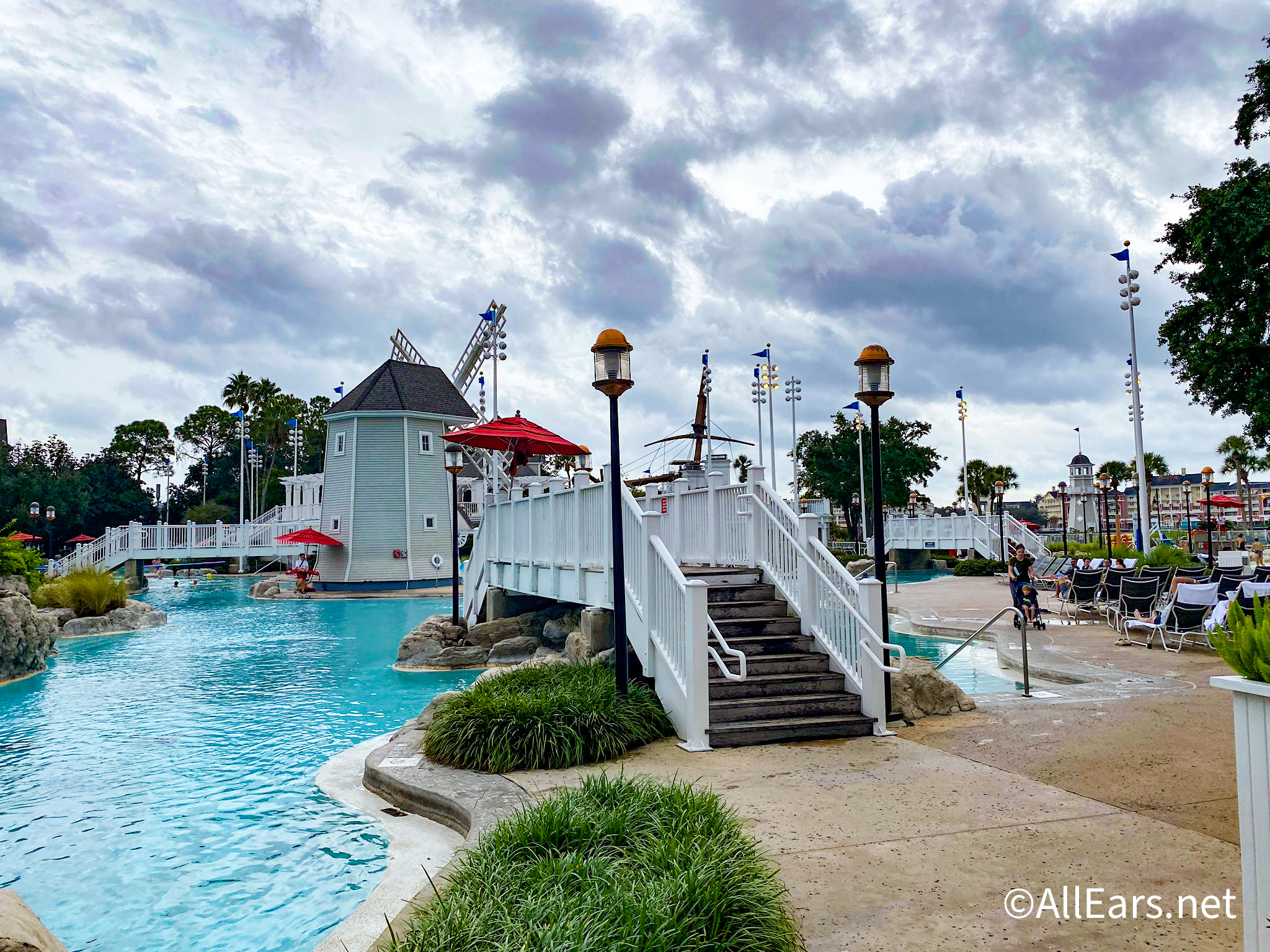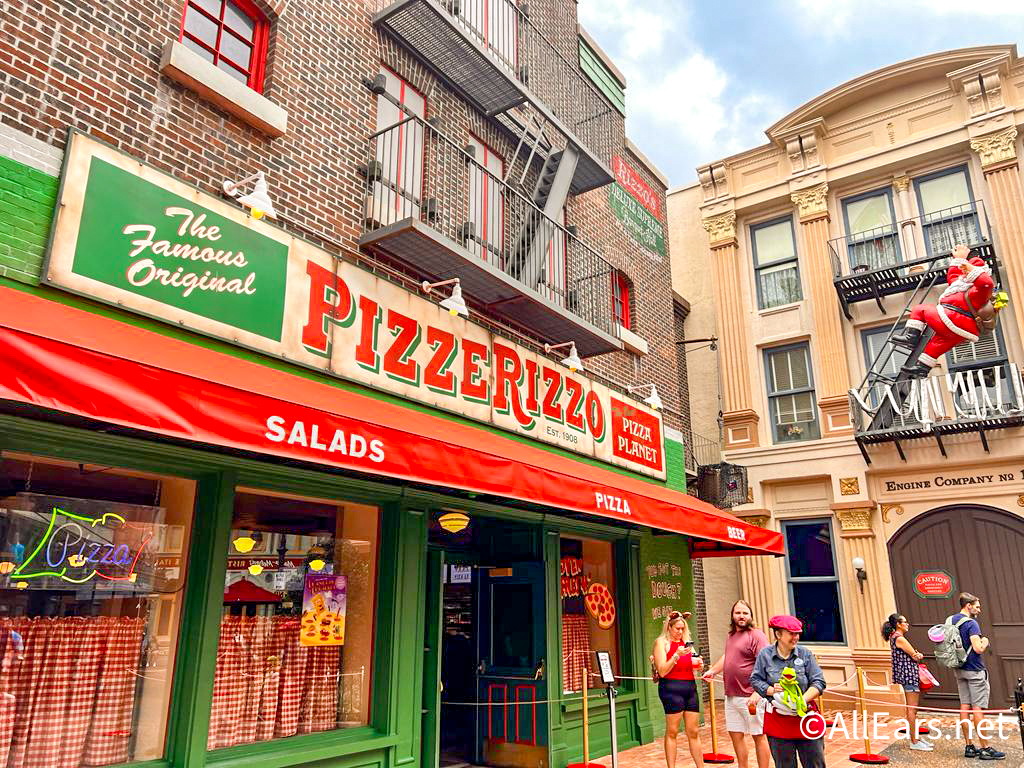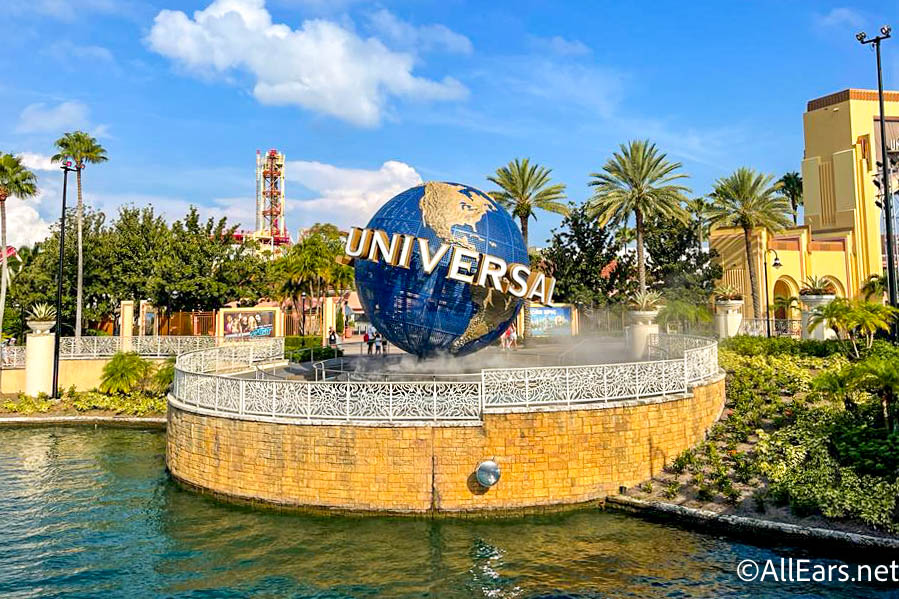Walt Disney World Chronicles: Indiana Jones at Walt Disney World
by
Jim Korkis
Feature Article
This article appeared in the May 4, 2021 (#1135) edition of ALL EARS®
Editor’s Note: This story/information was accurate when it was published. Please be sure to confirm all current rates, information and other details before planning your trip.

his may come as a shock to some readers but I am interested in more things than just Disney. For instance, I have been a longtime fan of all things Indiana Jones since the first film was released. Ironically, it is now actually part of Disney.
Not only is a fifth film starring Harrison Ford scheduled to start filming this year but once again Imagineers have started chattering about the possibility of introducing the character into Disney’s Animal Kingdom. However, Indy’s presence at Walt Disney World has always been prominent.
Dr. Henry Walton Jones Jr. more commonly known by his nickname “Indiana” is a tenured professor of archaeology at fictional Marshall College (named after film producer Frank Marshall).
In the first film, Raiders of the Lost Ark (1981) two top ranking agents from U.S. Government Intelligence describe Jones as a “professor of archaeology, expert on the occult and obtainer of rare antiquities.” He is known throughout the world as an adventurer noted for his integrity, knowledge and ingeunity.
Disney MGM Studios included an audio-animatronics recreation of the scene in the Well of Souls from the first film in its now closed Great Movie Ride.
The twenty-five minute long Indiana Jones Epic Stunt Spectacular! opened at Disney MGM Studios in 1989 with recreations of scenes from Raiders of the Lost Ark. It was executive produced by George Lucas, originally directed by Jerry Rees with stunt coordination by Glenn Randall.
The first scene is based on the first scene in the first movie where Jones is manuevering through an exotic South American jungle in 1936 to locate a lost Peruvian temple. Inside he seeks a small and valuable golden idol known as the Chachapoyan Fertility Idol, a fictitious artifact created for the film.
The idol used in the show is an exact replica of the one from the film. Jones must brave ancient booby traps from dangerous spikes to false floors before obtaining the treasure. Unfortunately, taking the idol triggers a huge rolling boulder that threatens to crush the intrepid hero. In the show the boulder is twelve feet in diameter and weighs 440 pounds.
The Indiana Jones Epic Stunt Spectacular opened on August 25, 1989, the same year the film Indiana Jones and The Last Crusade was released to theaters. In 2004, Nazi swastikas were removed from costuming and props and were replaced by a stylized Greek Cross.
At the exit of the attraction is a merchandise location called the Indiana Jones Adventure Outpost. The plans for the stunt show always included some type of souvenir venue but originally it was going to be a re-creation of Indiana Jones’ pre-World War II suburban Chicago house filled with artifacts from his many expeditions.
Another proposal was to have a Ford tri-motor airplane as an eating area adjoining a small merchandise shop but that was also abandoned.
“We had to come up with an idea that thematically fit the left block building which meant that one side had to look like Hollywood buildings in the 1930s but the other side had to fit the Indiana Jones story,” said Imagineering concept architect Joe Kilanowski.
“So we came up with a house in Hollywood that has one side propped and dressed to look like it is being used for a movie that takes place in the Middle East. The front of the building looks like a normal house but the other side looks like an outpost.”
To tie-in with the film, the outpost was meant to be a location where Indiana’s crew sets out to find the Holy Grail. To aid in that illustion, Disney acquired from Lucasfilm the tank, two trucks and two cars from Indiana Jones and the Last Crusade. The vehicles were meant to be part of a motor pool that were parked waiting for mechanics to work on them. To reinforce that concept, a fuel dump and machine gun nest (to protect the vehicles from being stolen or sabotaged) were added.
The interior designer was Kate Zovich who said, “Instead of doing normal merchandise fixtures, we really wanted to accentuate the theme. Usually when an attraction has an annexed shop, the function of the shop takes precedence over the theming.
“But we wanted to go the whole nine yards with the Outpost and I think we succeeded. We put together old gun cases and hung shirts off of them. We actually modified half of a wing from a biplane in order to hang clothes.”
Imagineer Arden Ashley purchased many of the props that decorate the building. He noted of the exit from the attraction that “The landscaping and architecture work so well together. The exterior really draws your eye and the landscaping points you right into the shop.”
Over the last two and half decades, the offerings in the shop included pins, fedora hats and pith helmets, t-shirts, mugs, figures featuring Mickey Mouse as Indiana Jones and much more.
Several yards from the merchandise location and to the left of the entrance to the show, is some sort of excavation site over an ancient well. There is a large wooden sign next to it declaring: “Warning! Do NOT Pull Rope!” The word “Not” has a line going through it.
Of course, the rope is within easy reach of the guests and the temptation is to see what might happen. Pulling on the rope sometimes elicits no response and other times an echoey voice from down in the well yelling, “Hey, what’s going on up there?” or the lengthy scream of someone falling to the bottom.
According to the Imagineers, that person is the very British Dr. Dunfor Pullit, an archeologist who is supported by the rope beneath the sarcophagus stone.
Repeated pulling on the rope can generate some different responses:
“Leave off the rope old chap, be a good fellow. I have a frightfully valuable artifact down here. Oh no [crash.] I HAD a terribly valuable artifact down here.”
“I say, leave off the rope old chap, be a jolly good sport. I say! Uh oh… oh no… blimey [fall, thud]”
“I say quit mucking about up there. Oh blast! Not again [fall, crash].”
“Blast it all, you don’t want to pull the rope. [crash] Oh dear.”
“Careful while I translate this… Let’s see, um, ‘twenty years of,’ ah, ‘sorrow to the,’ ah, ‘destroyer of this vessel!’ ” [crash.]”
Disney’s purchase in 2012 of the entire Lucasfilm catalog for four billion dollars included the beloved Indiana Jones franchise and the first example of utilizing that acquisition is the creation of Jock Lindsey’s Hangar Bar in Disney Springs.
Jock Lindsey was a minor character in the movie Raiders of the Lost Ark (1981) portrayed by actor Fred Sorenson who rescued Indy from the Peruvian Hovito natives with his seaplane. The character was an American freelance pilot whose background was as a stunt pilot performing in Midwest airshows.
After a flight related tragedy, he relocated to Venezuela where he was often hired to fly archeologist Indiana Jones to remote locations. According to the original screenplay, he was supposed to be British. His pet was a Burmese python snake named “Reggie”.
According to the newly created Disney legend, Lindsey took Jones over Florida in 1938 to help hunt down the location of the fabled Fountain of Youth. Lindsey spotted a small town that he liked and returned in 1948 to establish an airplane hangar, air tower and runway on its waterfront and operate an air tour service.
His fellows members of the Society of Explorers and Adventurers (S.E.A.) would drop by for an occasional drink and in 1955, the area was officially established as a hangar bar and was littered with artifacts and memoribilia from their adventures.
The concrete bar top is made to look as if it was once used as a work bench. Ceiling fans are made out of plane propellers, and walls are adorned with vintage travel posters and postcards and letters between Indy, Jock and other characters.
In addition to references to the first three theatrical Indiana Jones movies, Jock Lindsey’s Hangar Bar also alludes to elements from the Expanded Adventures such as The Young Indiana Jones Chronicles and Indiana Jones and the Fate of Atlantis, and Jock Lindsey’s roles in Indiana Jones and the Tomb of the Gods and The Further Adventures of Indiana Jones story The Sea Butchers.
The bar also contains nods to other Disney properties including Star Wars, The Rocketeer and even Iron Man as well as references to famous aviators such as Amelia Earhart and Charles Lindbergh.
The bar’s address at 1138 Seaten Avenue, referencing a George Lucas feature film tradition to include the number from his first theatrical film THX 1138 (1971).
From Raiders is the golden fertility idol at the top of the bar’s bookcase. The head piece for the staff of Ra is in the lost and found bin located near the bathrooms
From The Temple of Doom, voodoo dolls of Indy, Short Round and Willie Scott are on a shelf. Also from that film is a coaster from Club Obi Wan in Shanghai, China. The cool-headed Monkey drink and souvenir mug reference the monkey brain eating sequence in the film.
From The Last Crusade, the image of the grail cup is on sign stating “artifacts no longer taken as payment”.
There are several references to Reggie, including an empty cage, a signature drink with a snake swizzle stick and an outside dry-docked steamboat named after the pet reptile.
All of the menu items have names that cleverly reference the films as well including Rolling Boulder Sliders, Tanis Tacos, Lao Che’s Revenge, Dr. Elsa’s She-deviled Eggs, Hovito Mojito, Poisonless Dart, Brody’s Brats and many more.
Jock and Indy may be long gone but this location honors their memories and cleverly immerses guests in their legendary adventures. It can be truly said that Indiana Jones lives at WDW and it will be interesting to see if new additions may be coming.




